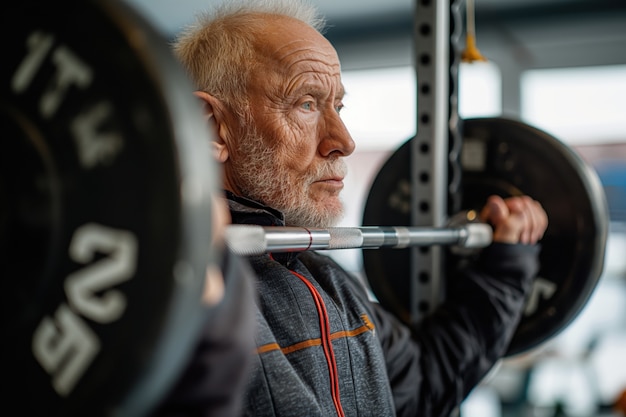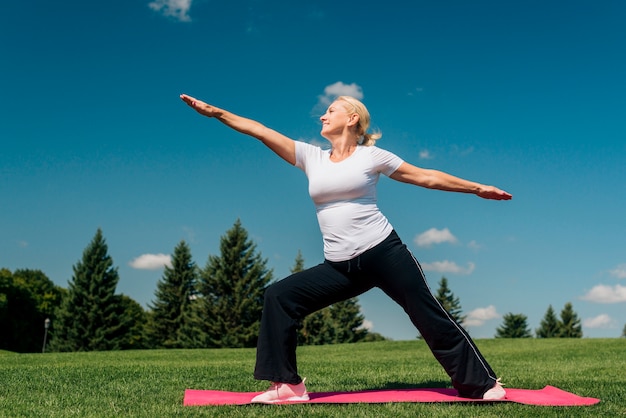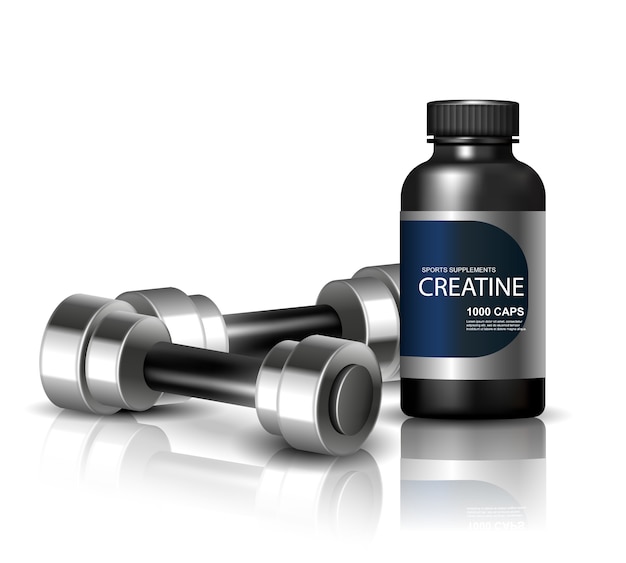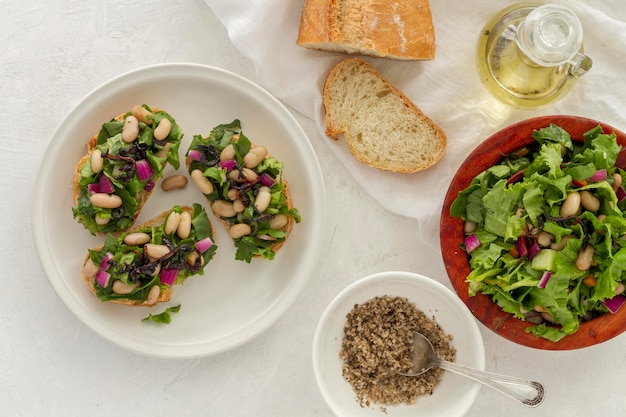Olympic Lifting After 60: How to Build Strength Safely in Just 30 Minutes a Day
Staying strong and mobile as you age isn’t just about walking or stretching—it’s about building functional power. Olympic lifting, often seen as a sport for the young and athletic, can be adapted safely and effectively for seniors. With just 30 minutes a day, older adults can improve balance, increase muscle mass, boost joint stability, and enhance overall vitality. This guide offers practical, senior-friendly advice on how to begin Olympic-style movements, track progress, and stay motivated—without risking injury.
Why Olympic Lifting Makes Sense for Seniors
Olympic lifting involves dynamic movements like the clean and jerk or snatch, which develop explosive strength, coordination, and neuromuscular control. While full competition-style lifts may not be appropriate, modified versions—using light kettlebells, resistance bands, or even bodyweight—can deliver significant benefits:
- Improved bone density and reduced risk of osteoporosis
- Enhanced balance and fall prevention
- Increased fast-twitch muscle fiber activation
- Better joint mobility and coordination
- Greater confidence in daily movements like lifting groceries or climbing stairs

Getting Started: A Safe 30-Minute Daily Routine
Start slow and prioritize form over intensity. The goal is consistency and control, not heavy weights or speed. Here’s a sample daily structure:
1. Warm-Up (5–7 minutes)
- March in place or walk briskly: 2 minutes
- Arm circles and shoulder rolls: 1 minute
- Bodyweight squats (shallow, controlled): 10 reps
- Dynamic hip openers: 1 minute
- Ankle and wrist mobility: 1 minute
2. Skill Practice (10–12 minutes)
Focus on movement patterns, not lifting heavy. Use a broomstick, light dumbbell, or resistance band.
- Wall Drill for Posture: Stand with back against wall, heels 4 inches from base. Practice squat-to-stand with arms overhead to reinforce upright posture.
- Deadlift Pattern: Hinge at hips with slight knee bend, keeping back straight. Use light weight. 2 sets of 8 reps.
- High Pull (Modified): From deadlift start, pull light dumbbell or band up to chest level, elbows high. 2 sets of 6 reps.
3. Controlled Lift Practice (8–10 minutes)
Once form is consistent, introduce a light kettlebell or dumbbell for a partial clean or hang power shrug.
- Hang Power Shrug: Start with weight at thighs, shrug shoulders explosively (no need to flip the weight). 2 sets of 6 reps.
- Overhead Press (from rack position): After a clean simulation, press weight overhead with control. 2 sets of 5 reps.
4. Cool-Down & Mobility (3–5 minutes)
- Seated forward fold: 1 minute
- Shoulder stretches: 1 minute
- Deep breathing: 1 minute

Tracking Progress: Simple Tools for Motivation
Tracking keeps you engaged and shows how far you’ve come. Use these senior-friendly methods:
- Workout Journal: Record daily exercises, reps, weights, and how you felt. Note improvements in balance or ease of movement.
- Monthly Photo Check-Ins: Take front and side photos every 30 days to visually track posture and muscle tone.
- Functional Milestones: Track daily life improvements—e.g., “Carried laundry basket without strain” or “Stood up from chair without using hands.”
- Simple Apps: Use voice-enabled notes or basic fitness apps with large text to log workouts.
Motivation Cues to Keep You Going
Consistency is key. Use these cues to stay inspired:
- “Stronger Every Day” – Repeat this phrase during warm-up.
- Set Weekly Intentions: “This week, I’ll focus on smooth transitions between movements.”
- Pair with a Habit: Do your 30 minutes after morning coffee or right after news at noon.
- Share Progress: Tell a friend or family member one win each week.
- Reward Consistency: After 7 days, enjoy a favorite activity—reading, gardening, or a warm bath.
Safety First: Tips for Injury Prevention
Always prioritize safety:
- Consult your healthcare provider before starting any new exercise program.
- Use a sturdy chair or wall for balance support if needed.
- Never push through pain—discomfort is normal, sharp pain is not.
- Focus on full range of motion within your current ability.
- Consider working with a certified trainer experienced in senior fitness.
Final Thoughts
Olympic lifting, when adapted thoughtfully, can be a powerful tool for healthy aging. With just 30 minutes a day, seniors can build strength, improve coordination, and gain confidence in their physical abilities. Start gently, track your progress, and celebrate every small win. Your strongest years may still be ahead.

















